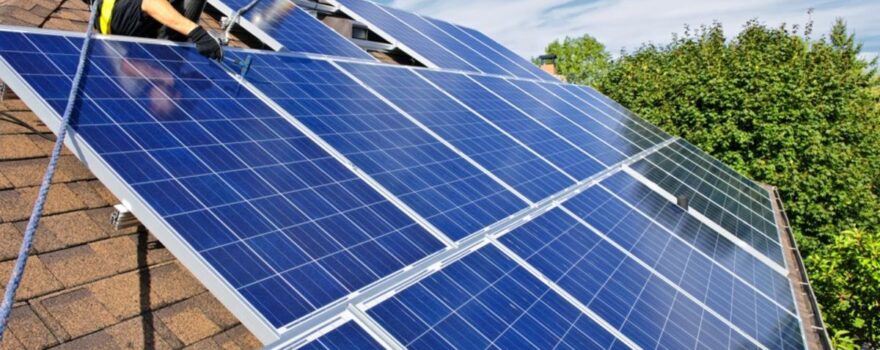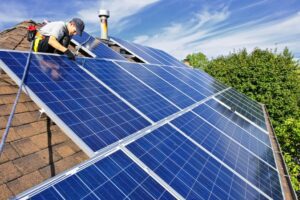
Is Complete Reliance on Solar Power Feasible for Powering a Household?

As the world becomes more conscious about the effects of climate change, many households in Singapore are turning towards renewable energy sources such as solar power to power their homes. With the increasing demand for solar power, the question arises – can a household in Singapore run completely on solar power?
The short answer is yes, it is possible for a household in Singapore to rely entirely on solar power for its energy needs. However, several factors need to be considered before making the switch to solar power.
Firstly, the location of the house plays a significant role in determining the feasibility of solar power. The amount of sunlight that a house receives varies depending on its location, orientation, and shading. Singapore is a tropical country with plenty of sunshine throughout the year, making it an ideal location for solar power. However, it’s crucial to ensure that the house receives enough sunlight to generate sufficient energy to power the home.
How many solar panels do I need to power my home?
Determining the number of solar panels required to power a home in Singapore depends on several factors, such as energy consumption, house size, location, and shading. On average, a typical landed home in Singapore may require anywhere from 20 to 40 solar panels to fully offset its annual electricity consumption.
The primary objective of most solar projects is to offset 100% of the electric bill, so the solar system is sized accordingly to fit the average electricity use. A basic equation to estimate the number of solar panels required to power a home is:
Solar panel wattage x peak sun hours x number of panels = daily electricity use
The electricity use, panel wattage, and peak sun hours vary from home to home. To determine the daily electricity usage, homeowners can check recent utility bills to find the usage for 30 days and divide it by the number of days to get a sense of daily electricity consumption.
Peak sun hours are another crucial factor in determining the number of solar panels required. Peak sun hours refer to the duration when the intensity of sunlight, known as solar irradiance, averages 1,000 watts per square meter or 1 kW/m2. In Singapore, the average peak sun hours range from 4 to 6 hours per day, depending on the location. The number of solar panels required to power a landed home in Singapore varies according to several factors, and it is best to consult a solar installer to assess the home’s specific requirements.
Secondly, the size of the solar panel system also plays a crucial role in determining the feasibility of solar power. The size of the solar panel system required depends on the household’s energy needs and the amount of sunlight the house receives. A professional solar installer can help determine the right-sized system for the household’s energy needs.
Thirdly, the cost of installing a solar panel system is a significant consideration for households. While solar power is becoming increasingly affordable, the initial cost of installation can be high. However, the long-term benefits of solar power, such as reduced energy bills and lower carbon footprint, outweigh the initial cost.
Lastly, the efficiency and reliability of the solar panel system are essential considerations. It’s crucial to invest in high-quality solar panels and have the system installed by a professional to ensure maximum efficiency and reliability.
In conclusion, complete reliance on solar power is feasible for powering a household in Singapore. However, several factors need to be considered, such as location, size of the solar panel system, cost, and efficiency, before making the switch to solar power. By choosing a high-quality solar panel system and having it installed by a professional, households can enjoy the benefits of renewable energy while reducing their carbon footprint and energy bills. Check out the best value solar panel brands in Singapore.
